Overview
Essential maintenance tips for pocket knives include regular cleaning, lubrication, and sharpening. Understand your knife's components, prevent rust with proper drying and storage, and handle it safely. Establish a maintenance routine for longevity, and know when to seek professional help for severe damage or rust issues.
Frequently Asked Questions
1. What are the key components of a pocket knife?
2. What is the best way to clean a pocket knife?
3. How often should I sharpen my pocket knife?
4. What steps can I take to prevent rust on my pocket knife?
5. When should I seek professional help for my pocket knife?
Pocket knives are indispensable tools for outdoor enthusiasts, craftsmen, and everyday users alike. These compact, versatile utilities can handle everything from opening boxes to preparing meals in the wild. However, like any tool, they require regular maintenance to ensure optimal performance and longevity. In this article, we’ll delve into essential maintenance tips for your pocket knives that will keep them functioning like new and looking great.
Understanding Your Pocket Knife
Before jumping into maintenance tips, it's important to understand what pocket knives are and how they function. A pocket knife typically consists of various components, including blades, handles, and locking mechanisms. Each of these parts plays a crucial role in the knife's overall functionality.
Types of Pocket Knives
There are many variations of pocket knives, ranging from simple folding blades to multi-tools with numerous functions. Common types include:
- Folding Knives: Compact and easily portable, folding knives feature a blade that can be closed into the handle.
- Multi-tools: These versatile tools often include a variety of blades and accessories, making them ideal for various tasks.
- Fixed Blade Knives: While not technically portable, many users carry small fixed blades shaped for compact usability.
Understanding the specific type of pocket knife you have will guide you in the maintenance process.
Regular Cleaning is Key
One of the foremost steps in maintaining your pocket knife is ensuring it stays clean. Dirt and debris can accumulate in the crevices, hindering its functionality.
Cleaning Your Pocket Knife
To clean your pocket knife:
- Disassemble (if applicable): For multi-tools or those with removable blades, carefully disassemble your knife.
- Use Warm Soapy Water: A mixture of warm water and mild soap can effectively remove grime. Use a soft cloth or a soft-bristled brush to clean the blade and handle.
- Dry Thoroughly: After cleaning, ensure you dry the knife completely to prevent rust.
- Inspect for Damage: This cleaning process is a perfect opportunity to check for any nicks, dings, or wear.
Lubrication for Smooth Operation
Proper lubrication is crucial for maintaining the pivot points and locking mechanisms of pocket knives. This ensures they operate smoothly without the risk of corrosion or buildup that can hinder performance.
Lubricating Your Pocket Knife
Follow these simple steps to lubricate your pocket knife:
- Select the Right Lubricant: Choose a high-quality knife lubricant or a light machine oil.
- Apply a Small Amount: Using a dropper or applicator, put a few drops on the pivot parts and workings.
- Open and Close the Knife: This action helps the lubricant spread evenly throughout the mechanism.
- Wipe Excess Lubricant: Make sure there is no excess oil that can attract dirt.
Sharpening Your Pocket Knife
A sharp blade is essential for effective cutting with your pocket knife. Regular sharpening not only enhances performance but also ensures safety while using the knife.
How to Sharpen Your Pocket Knife
To properly sharpen your pocket knife, consider these steps:
- Choose Your Sharpener: You can use a whetstone, sharpening rod, or a specialized pocket knife sharpener.
- Maintain the Right Angle: Hold the blade at a consistent angle while sharpening, generally 20 degrees for most pocket knives.
- Sharpen Evenly: Use smooth, consistent strokes along the blade to maintain an even edge.
- Test the Sharpness: A simple test by slicing paper can determine if the edge is sharp enough.
Protecting Against Rust and Corrosion
Rust can be the worst enemy of your pocket knives, especially if made from carbon steel. Preventing rust is an essential part of maintenance.
Tips to Prevent Rust
To keep your pocket knives in top shape, follow these guidelines:
- Dry Thoroughly After Use: Always wipe down the knife after contact with moisture.
- Store in a Dry Place: Ensure your knife is stored in a cool, dry environment away from humidity.
- Apply a Rust Inhibitor: Consider applying a thin coat of oil to the blade and metal parts to create a protective barrier against moisture.
Handling Your Pocket Knife Properly
The way you handle your pocket knife significantly affects its longevity. Being mindful while using can prevent unnecessary wear and damage.
Best Practices for Handling Pocket Knives
- Always Cut Away from Your Body: This is crucial for safety but also avoids damaging the blade.
- Avoid Prying: A pocket knife is not a pry tool. Using it incorrectly can weaken the blade.
- Use It for Intended Purposes: Understanding the limits of your pocket knife ensures you use it where it's most effective.
Storage Solutions for Longevity
How you store your pocket knife can also affect its condition over time. Proper storage will keep it from getting damaged and maintain its performance.
Optimal Storage Techniques
Consider the following storage strategies:
- Use a Knife Case: Many manufacturers offer protective cases that can prevent scratches and damage.
- Magnetic Strips: If you have several pocket knives, consider using a magnetic strip on the wall for a decorative yet safe display and easy access.
- Keep Out of Direct Sunlight: Prolonged exposure to UV rays can damage the materials of some pocket knives.
Know When to Seek Professional Help
While maintaining your pocket knife yourself is often possible, sometimes you may need to call in a professional. Recognizing when to seek help can save your valuable tool.
When to Consult a Professional
- Severe Damage: If the blade is significantly damaged, it may need professional sharpening or repair.
- Complex Mechanisms: For multi-tools with intricate parts, it might be best to have a professional inspection.
- Rust Issues: In cases of deep rust, a professional can restore your knife’s integrity better.
Embrace a Maintenance Routine
To keep your pocket knife in excellent condition, it’s essential to establish a regular maintenance routine. Just like any tool, consistent care can prolong its life and enhance your experience using it.
Creating Your Maintenance Schedule
- Weekly Checks: Take a moment every week to inspect your knife for cleanliness, damage, and lubrication.
- Monthly Clean and Sharpen: Plan a deep clean and sharpen one day each month to keep the blade sharp and the knife clean.
- Seasonal Care: Consider conducting a thorough check and treatment for rust during seasonal changes.
By being proactive and implementing these guidelines, you can ensure that your pocket knives remain reliable companions for years to come. Remember, the level of maintenance will depend on how often you use your knife, but by following these simple and effective maintenance tips, you’ll enjoy a knife that's ready for any challenge that comes your way!
With the right care, your pocket knife can be a lifelong companion. Don’t wait—implement these maintenance tips today and enjoy a sharper, cleaner, and longer-lasting tool in your pocket!



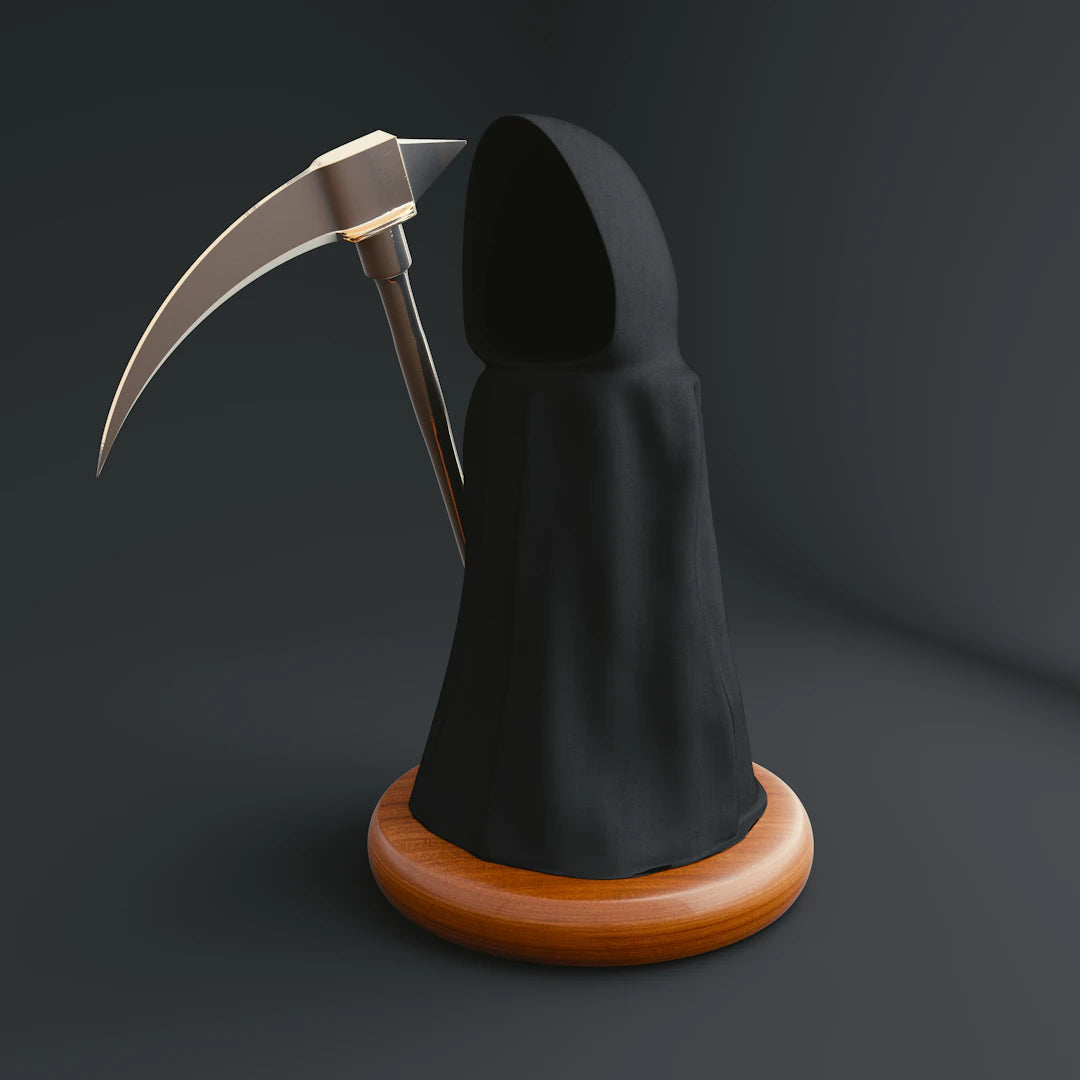
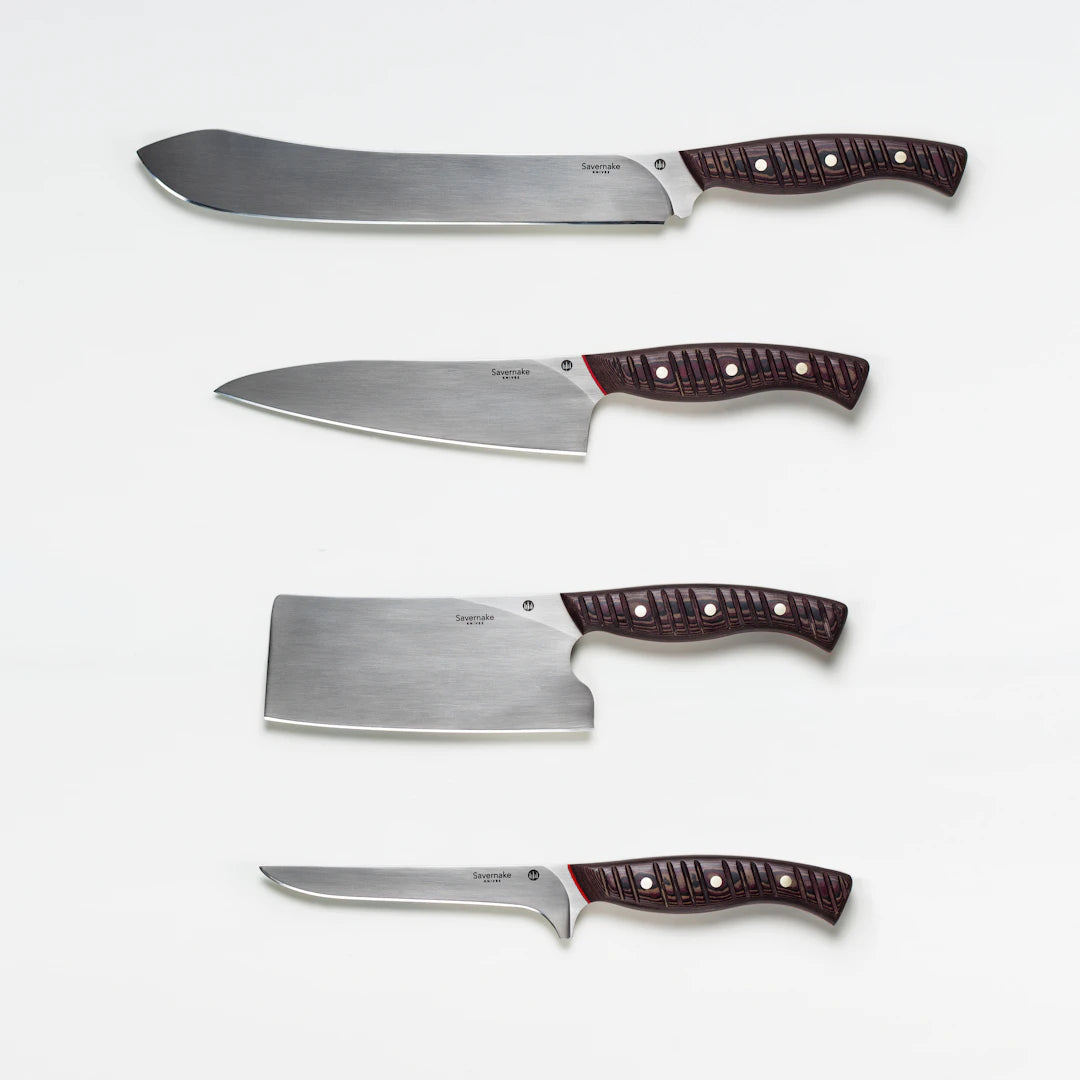
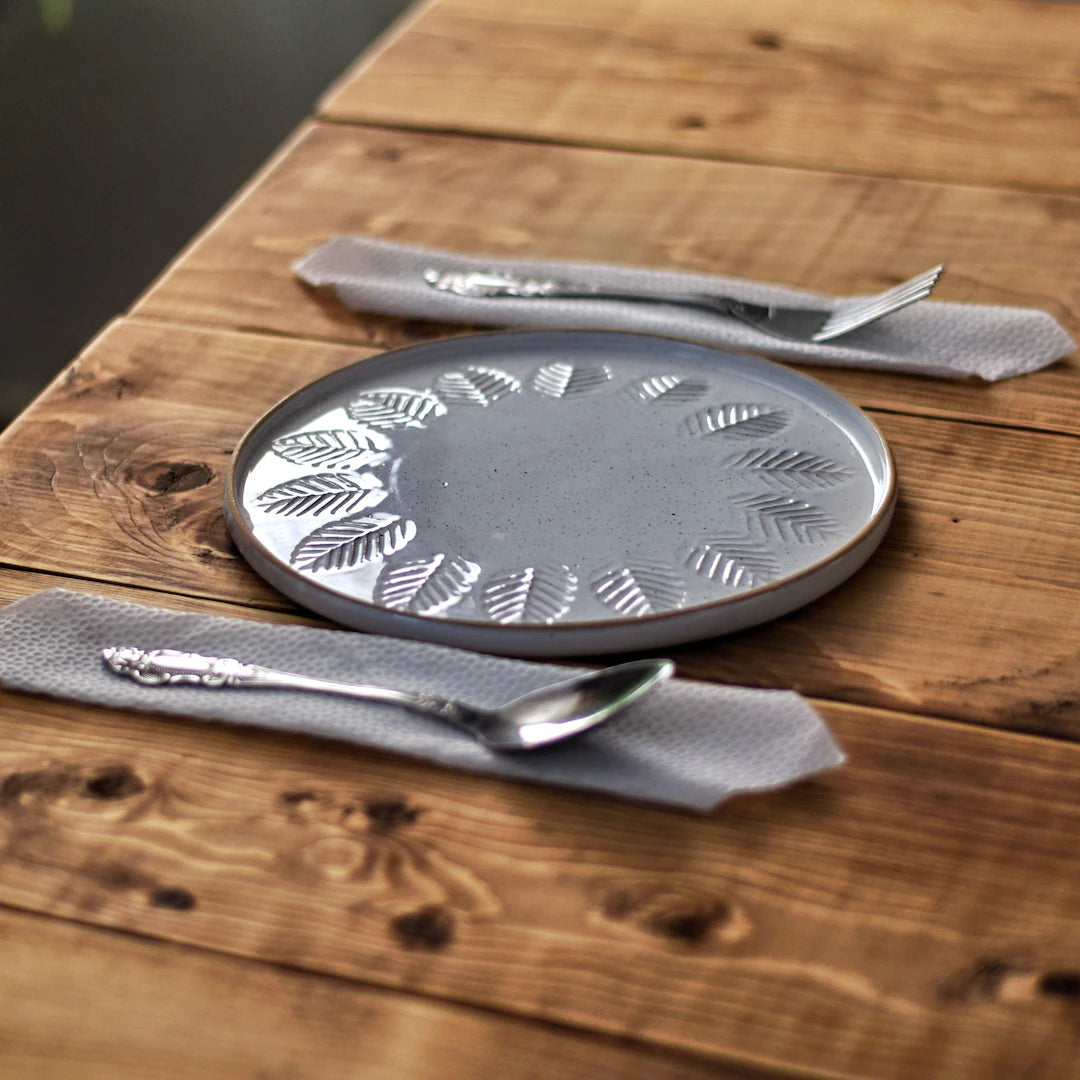
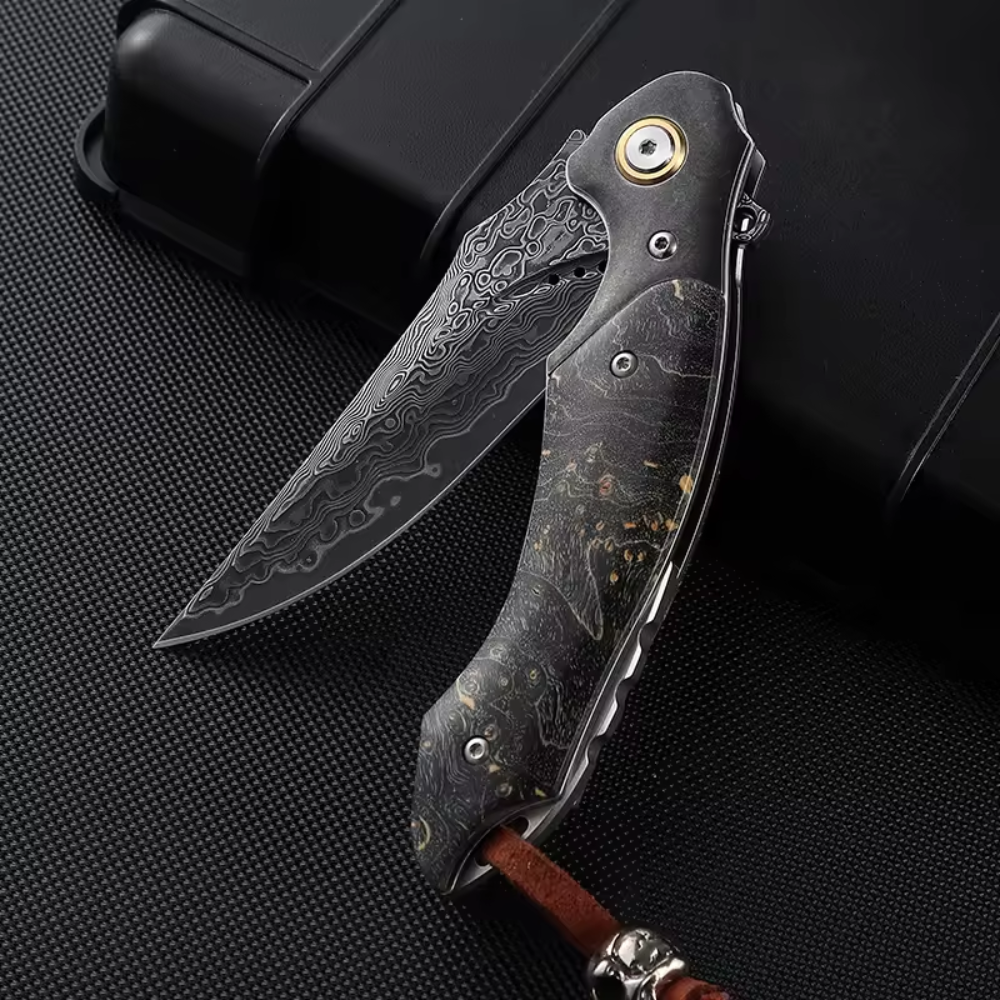
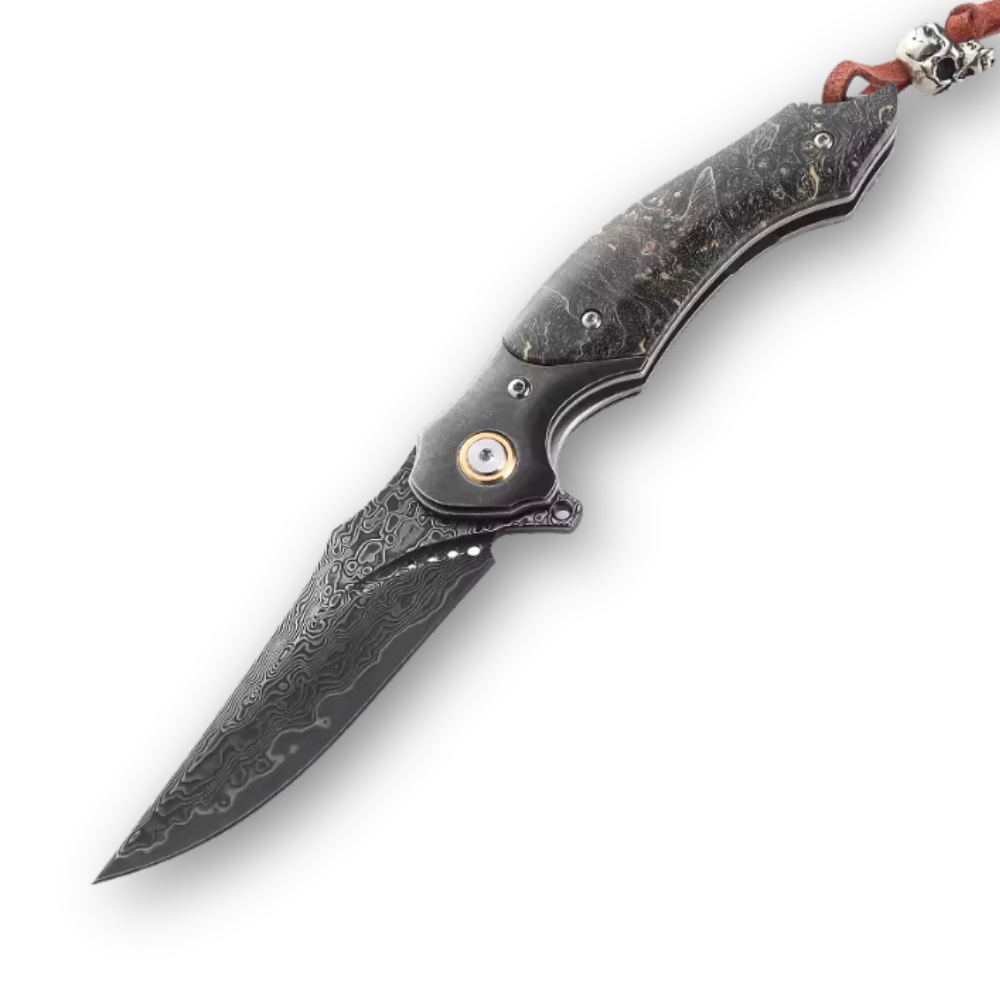
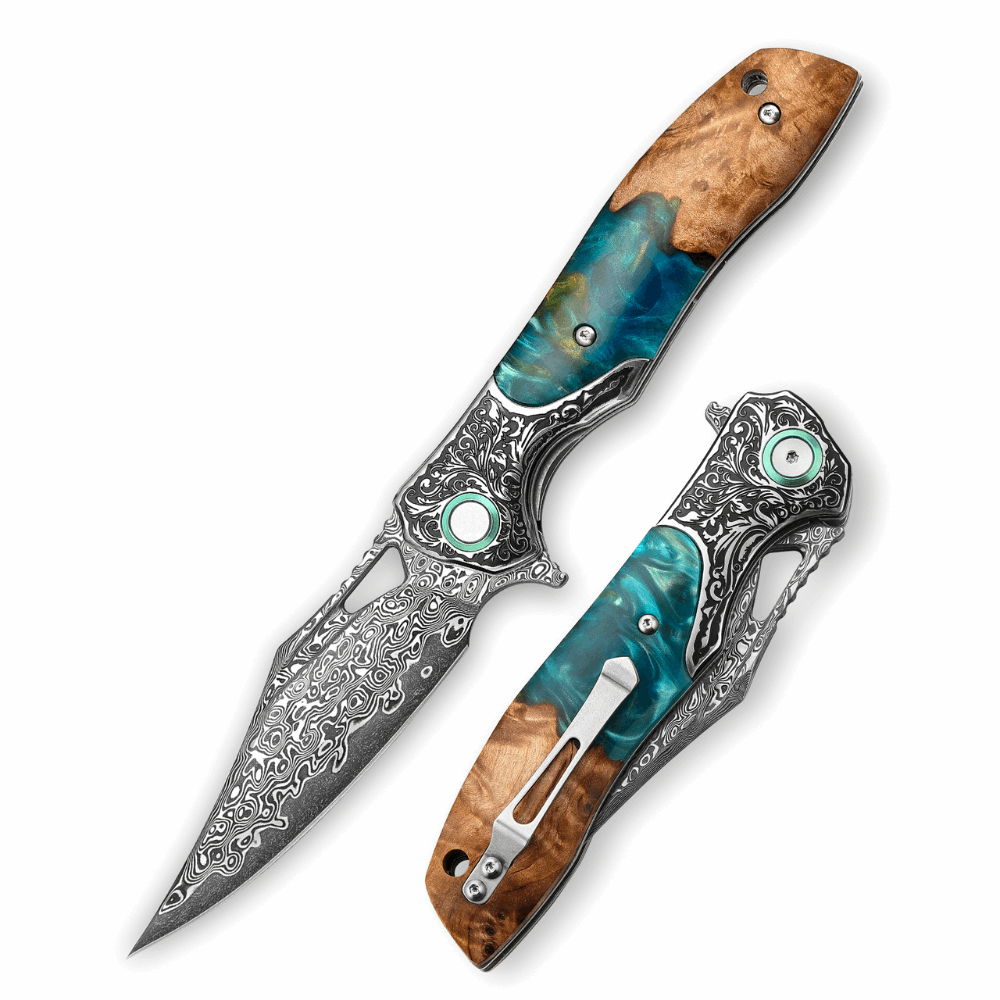
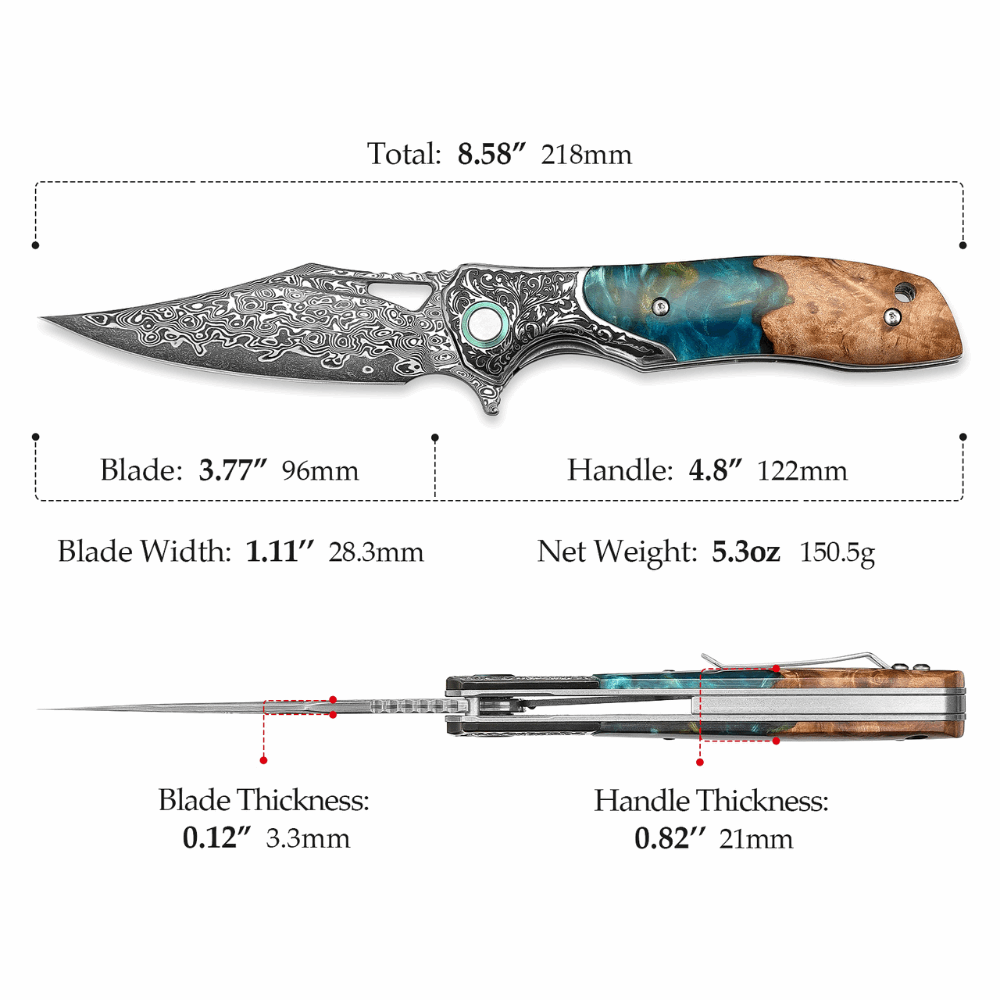
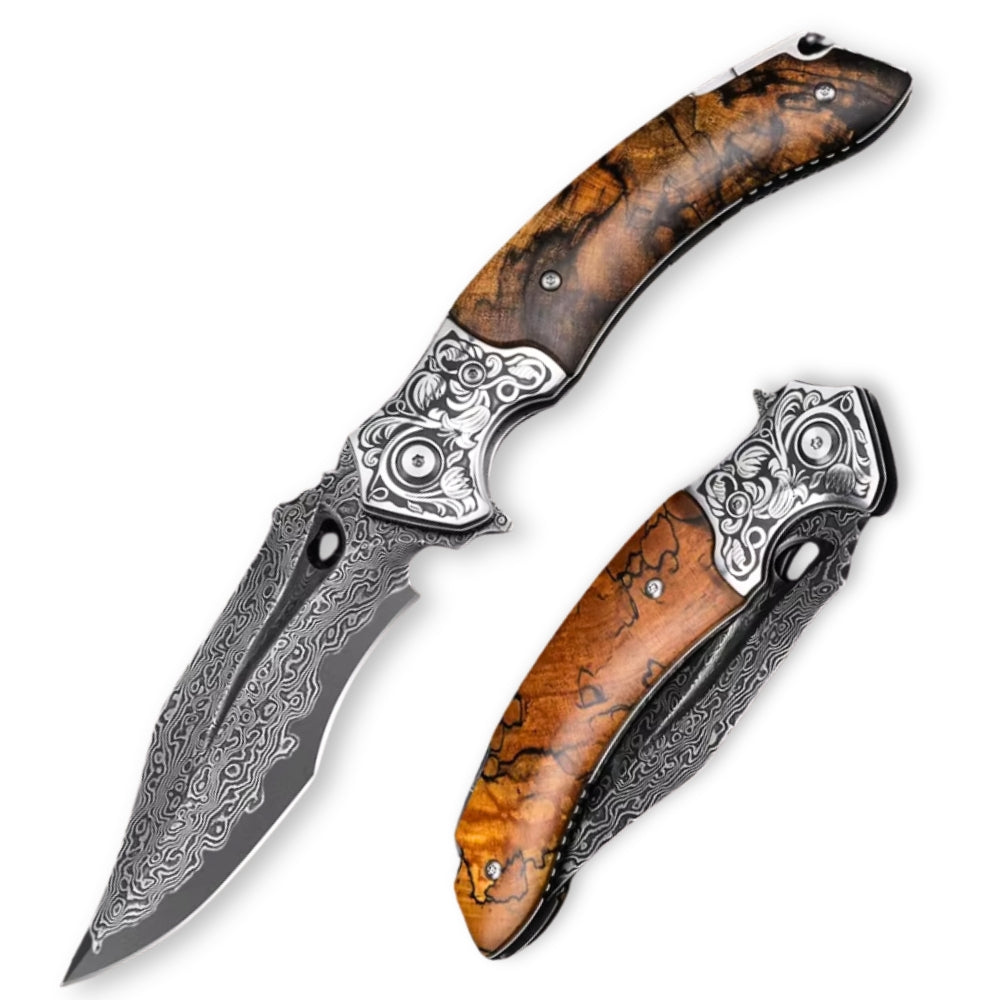
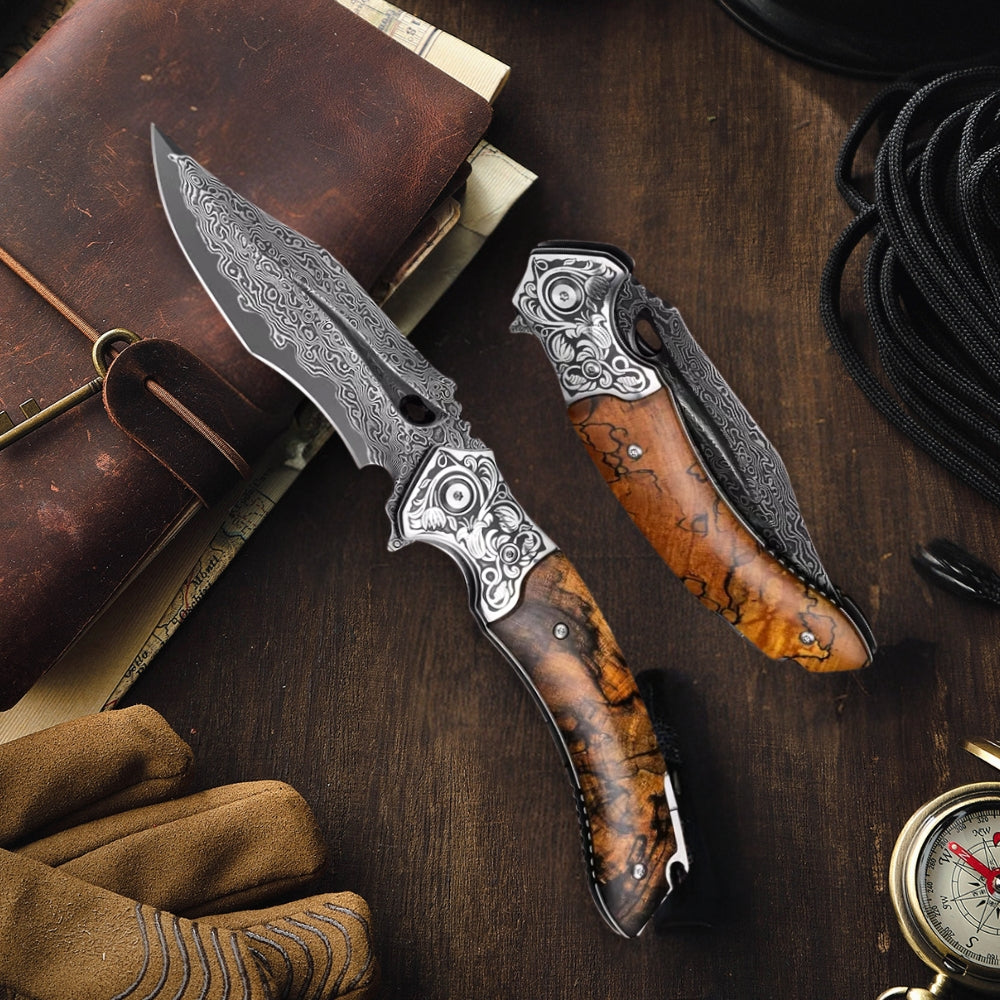
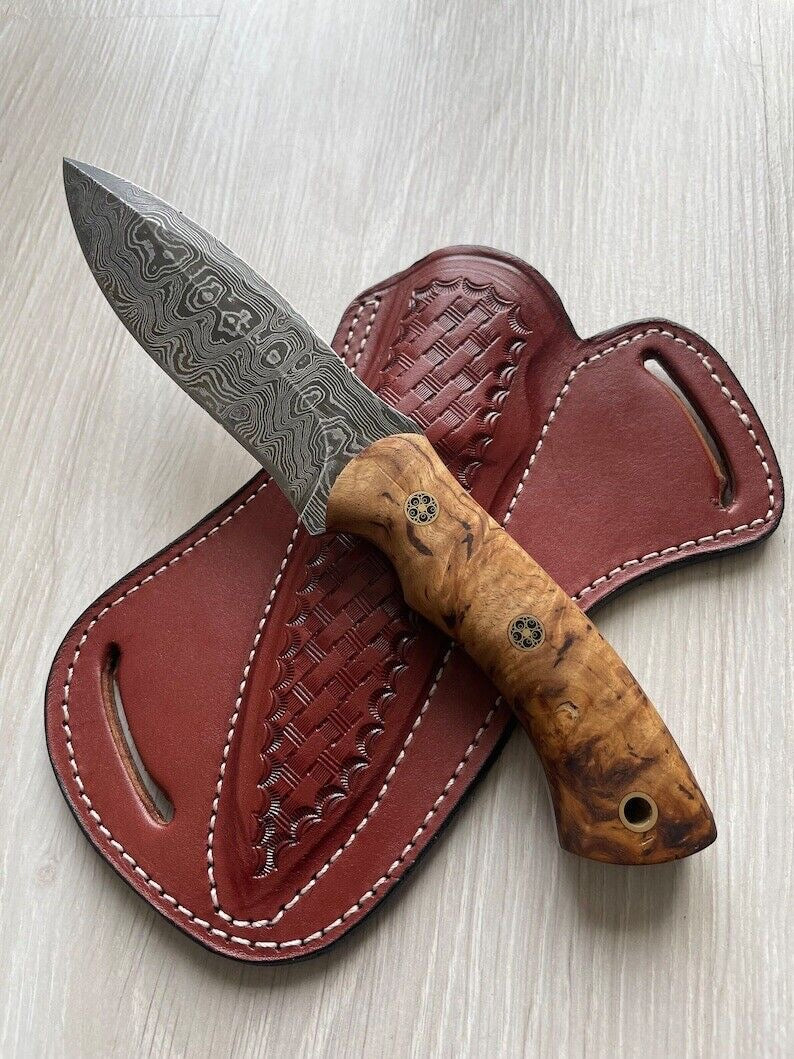
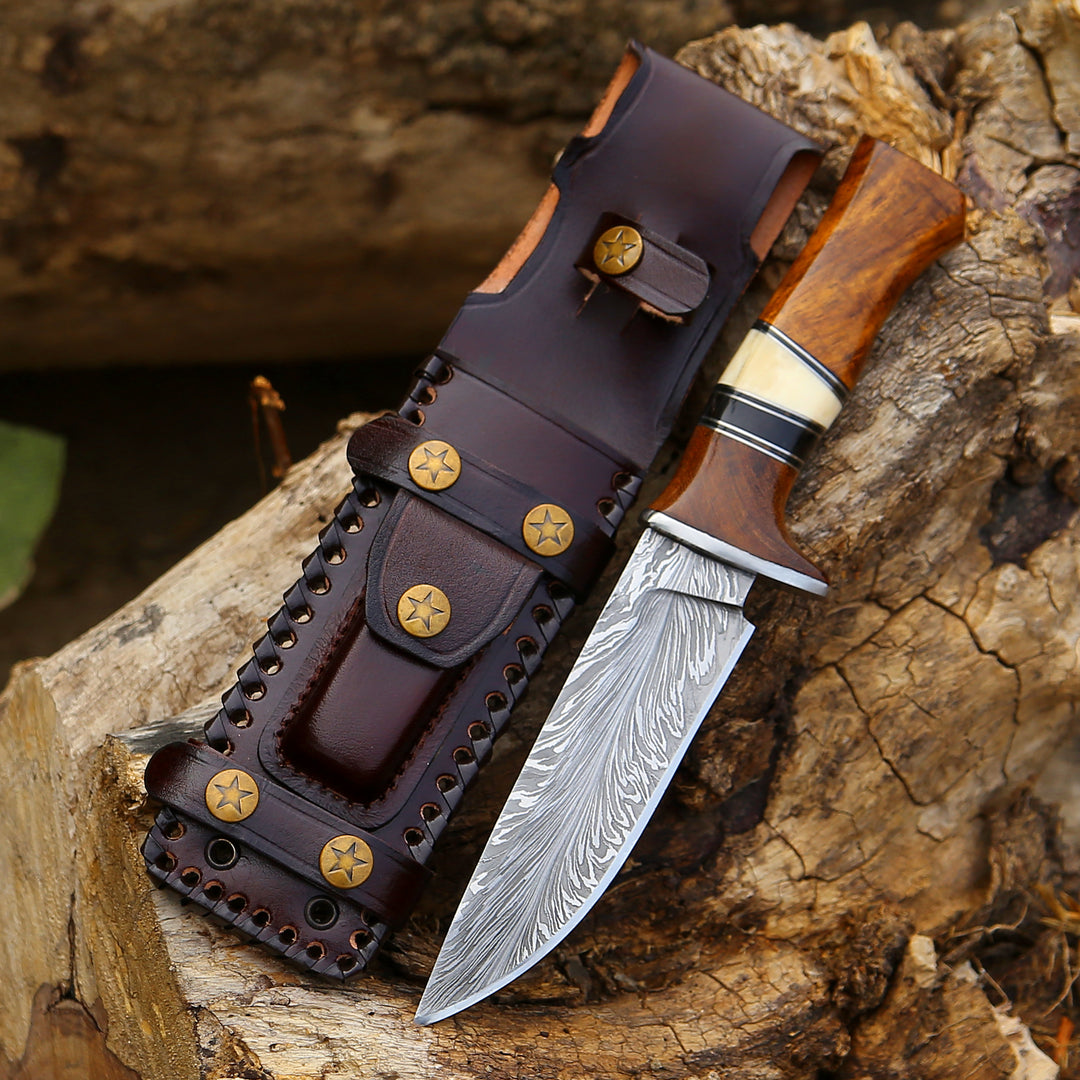
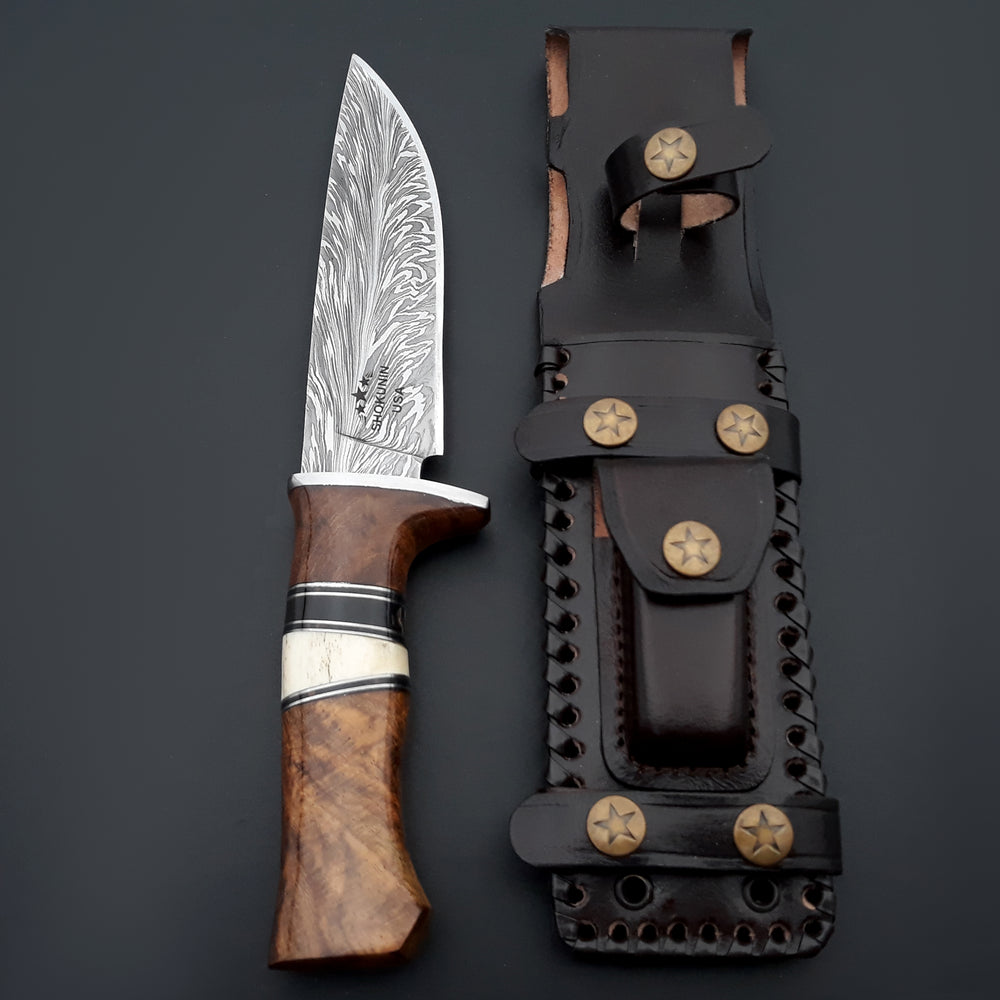
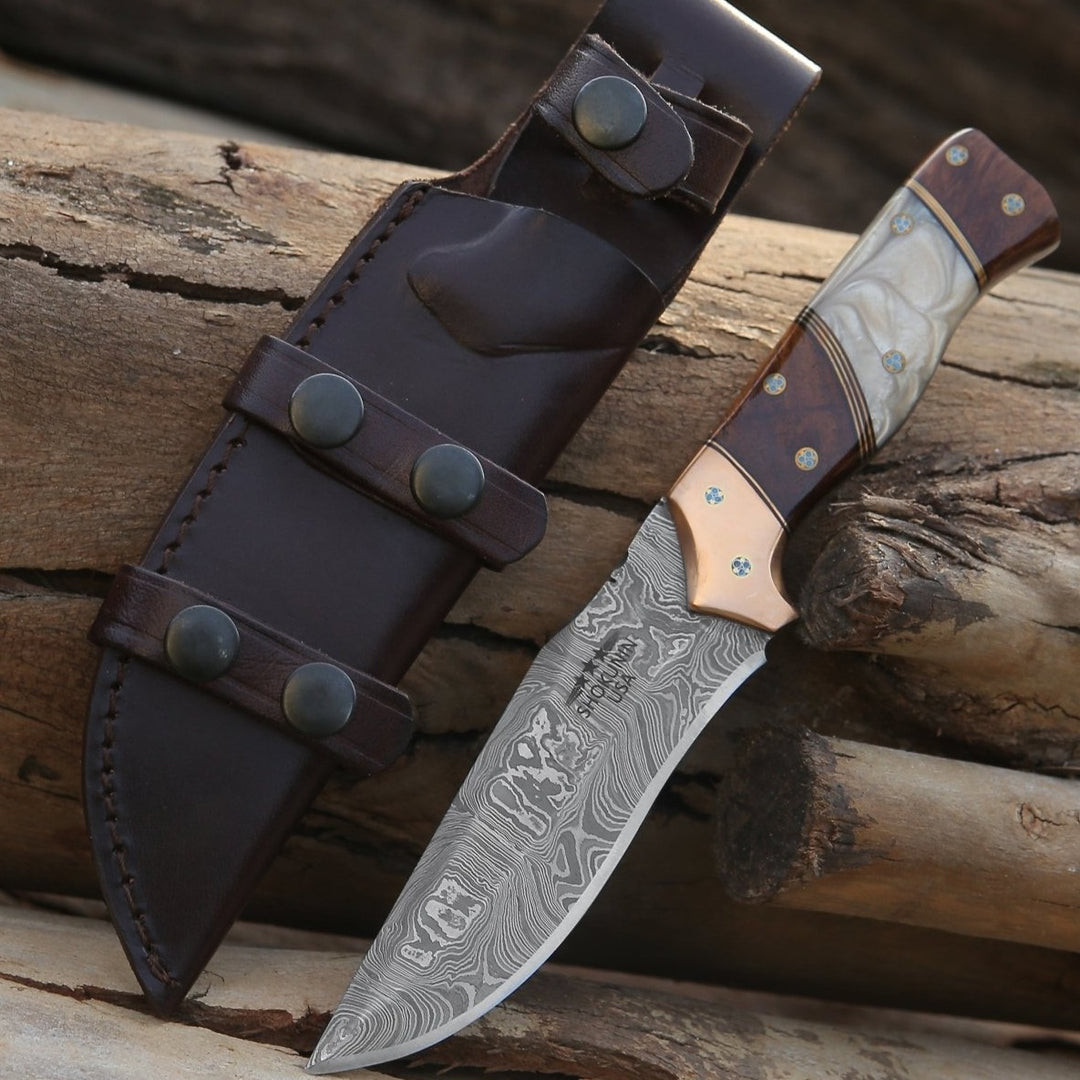
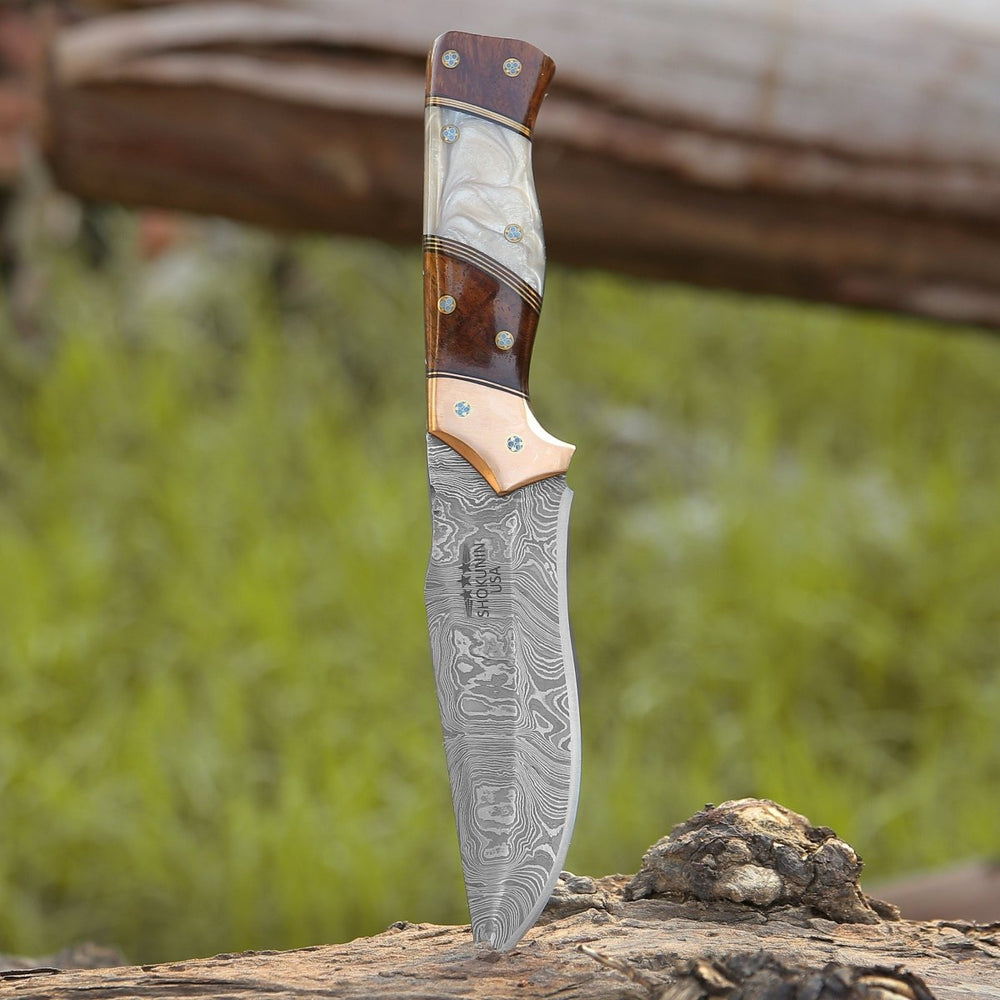
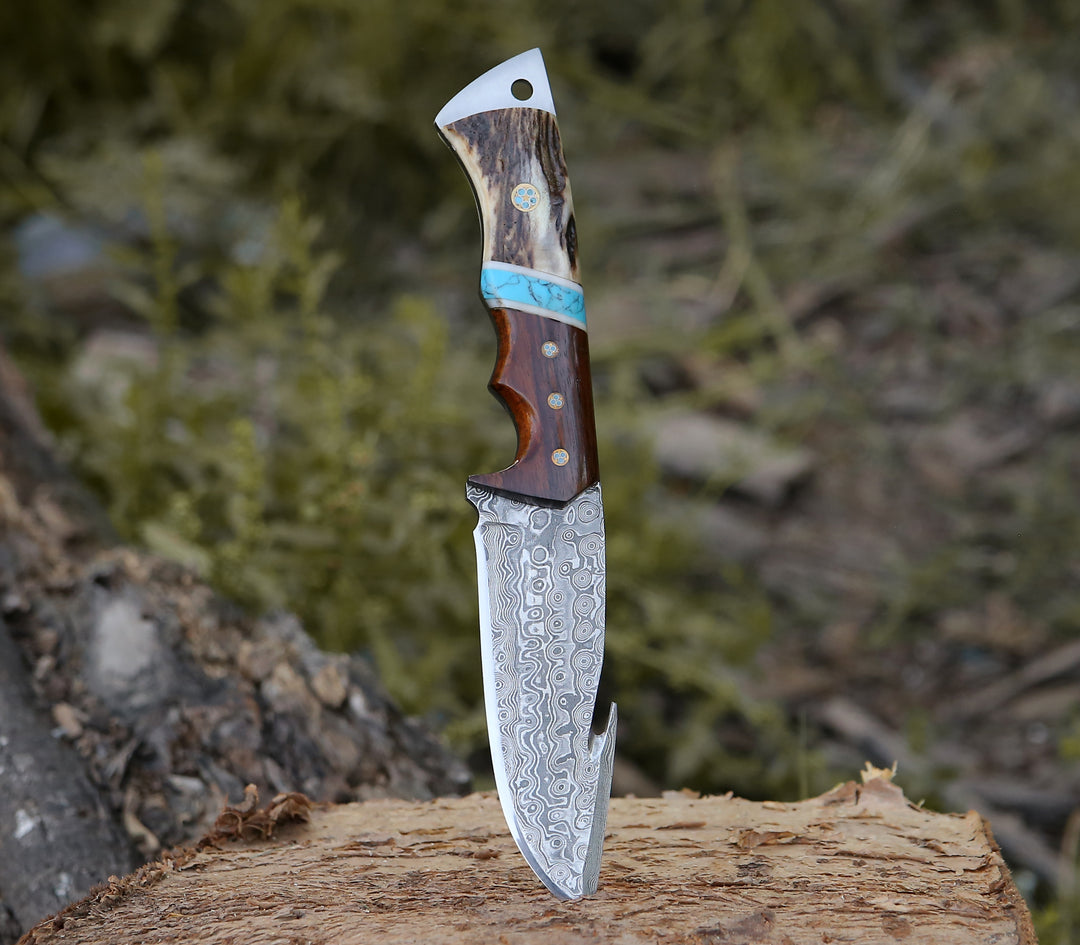
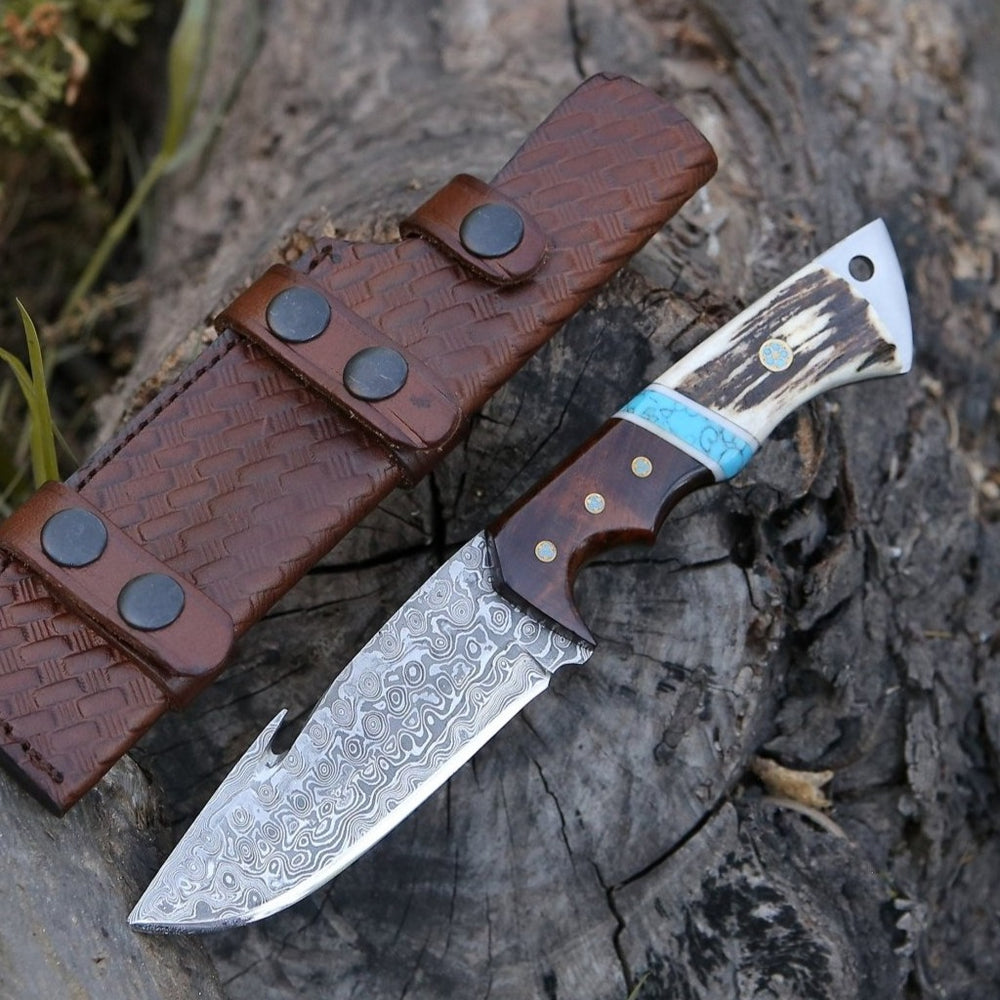
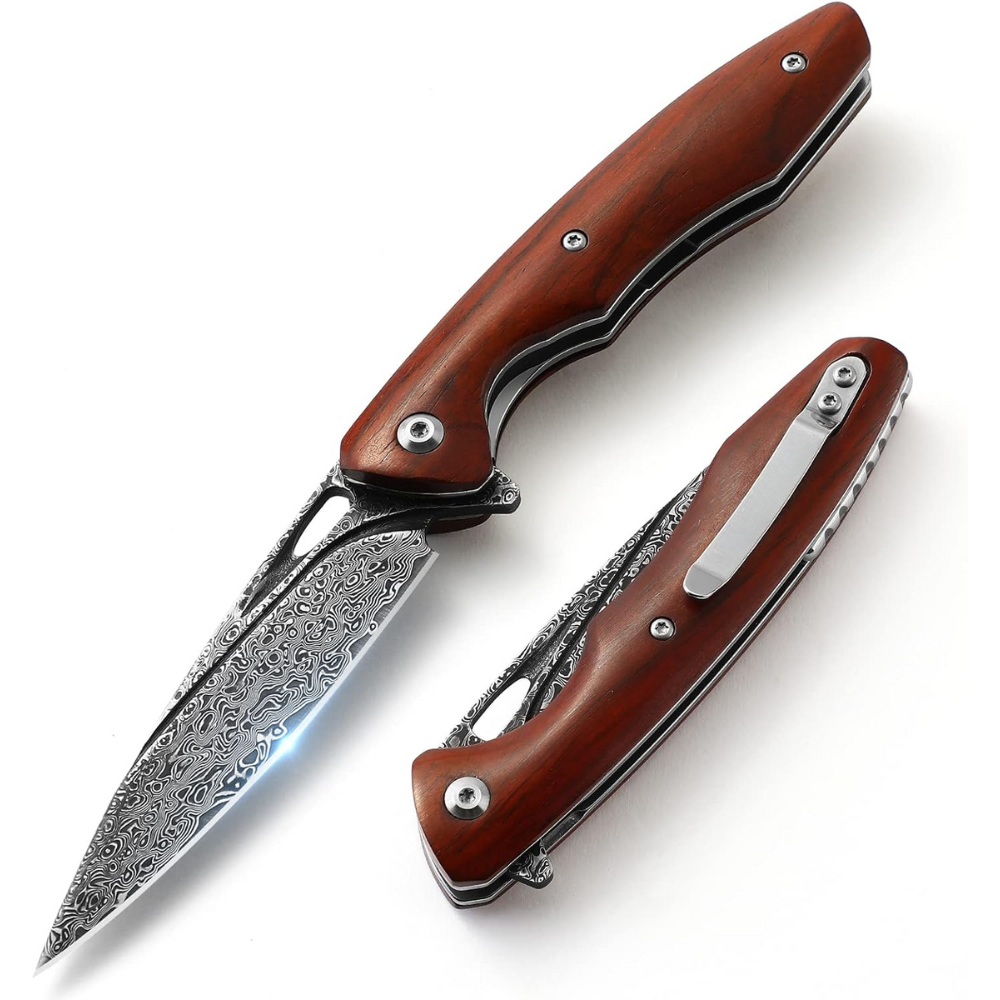
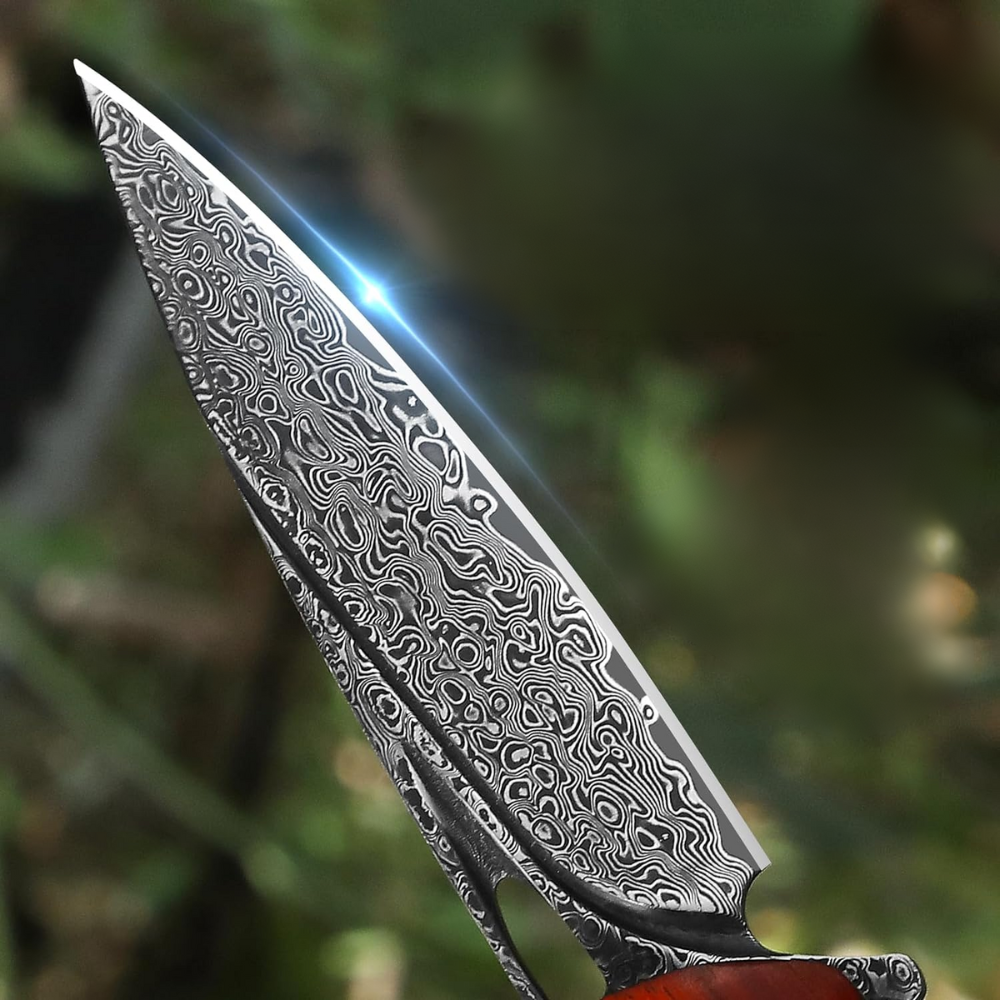
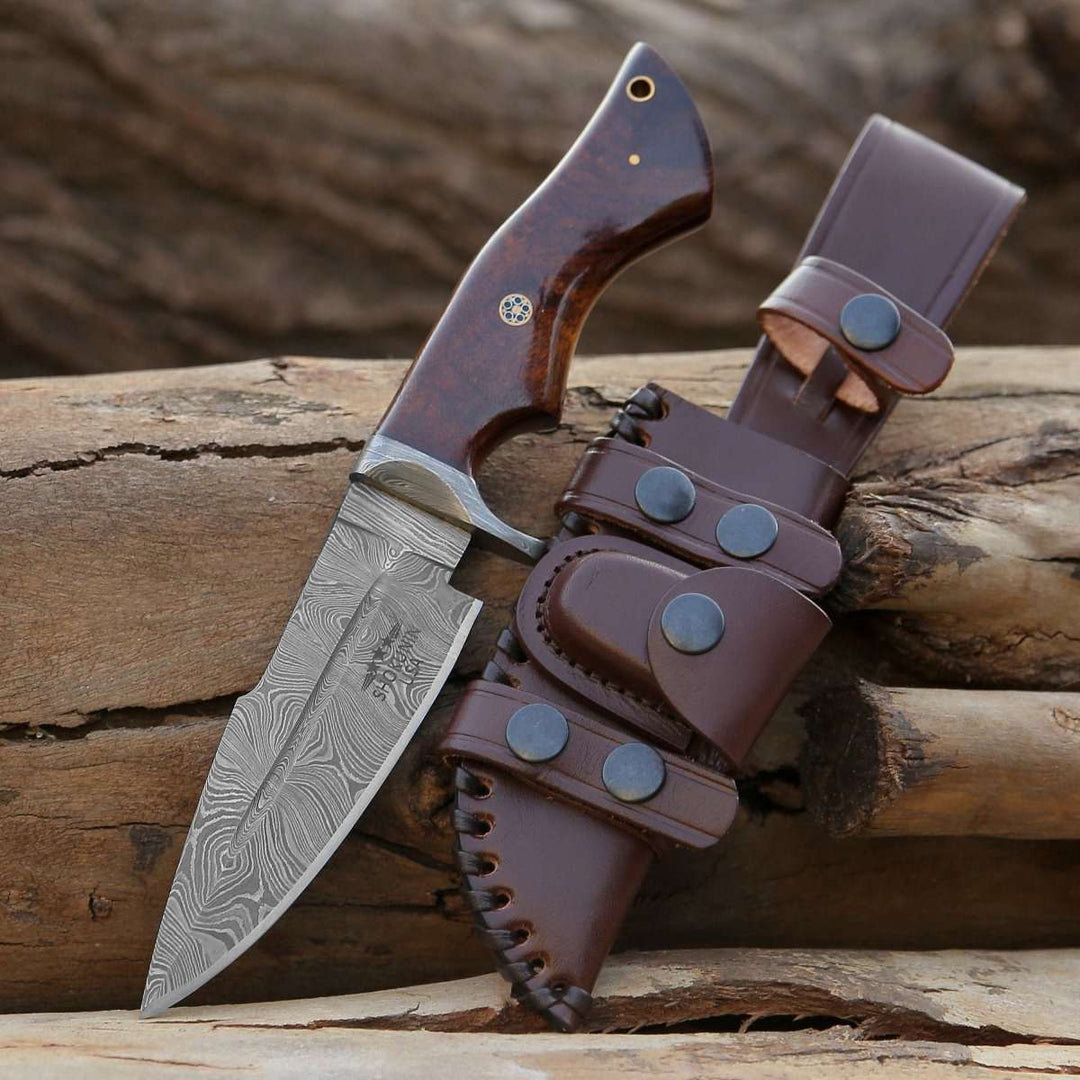
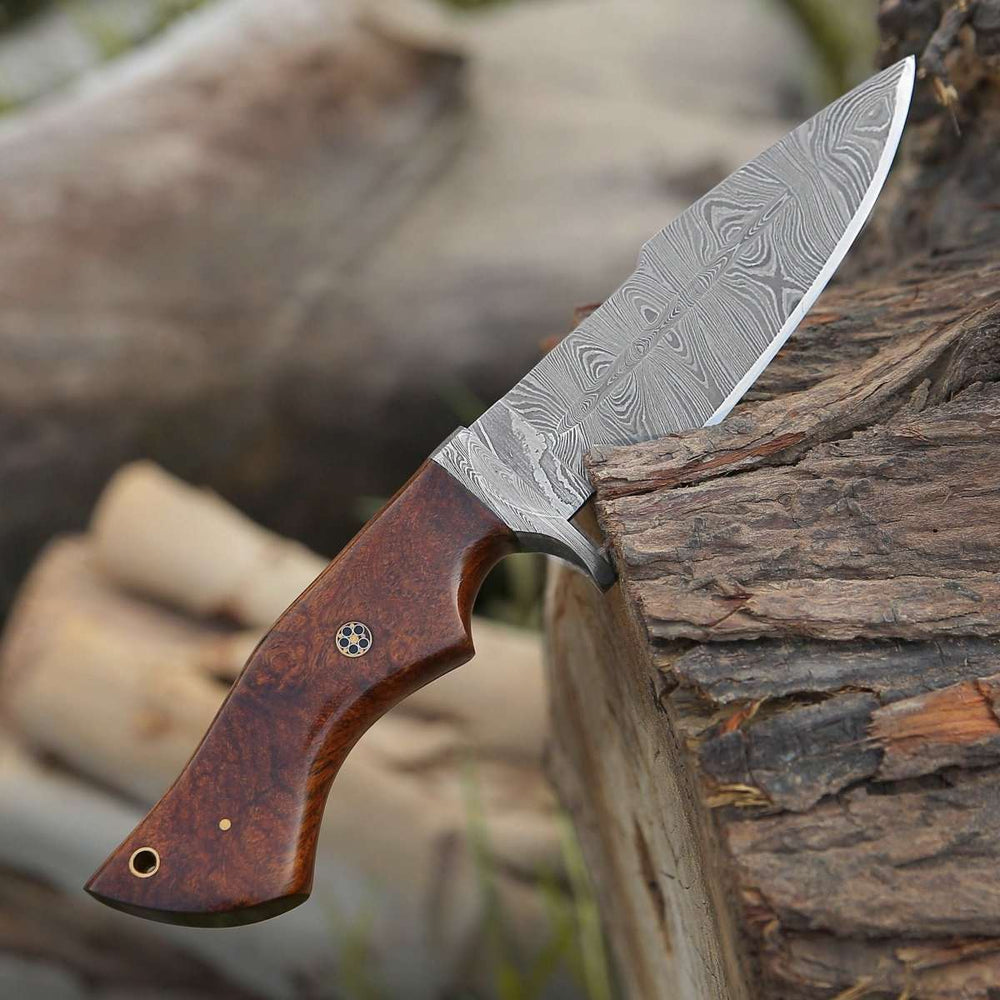
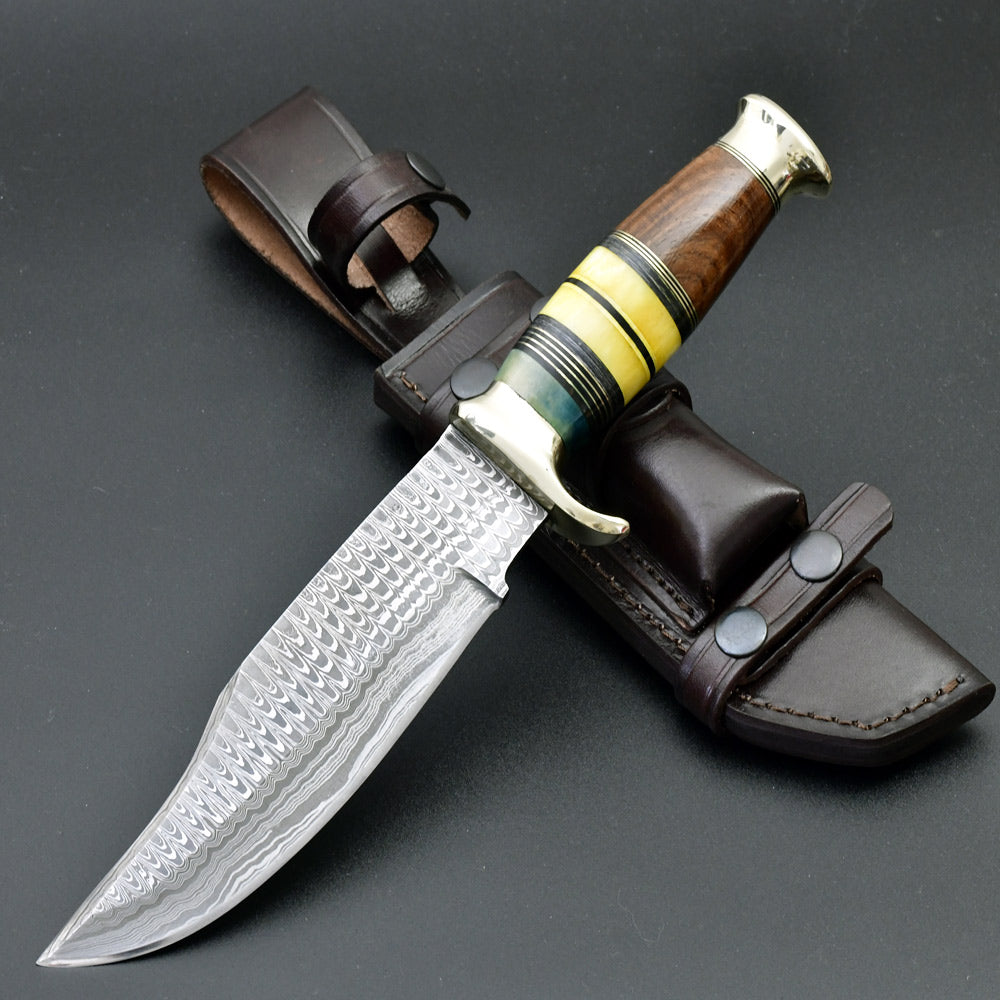
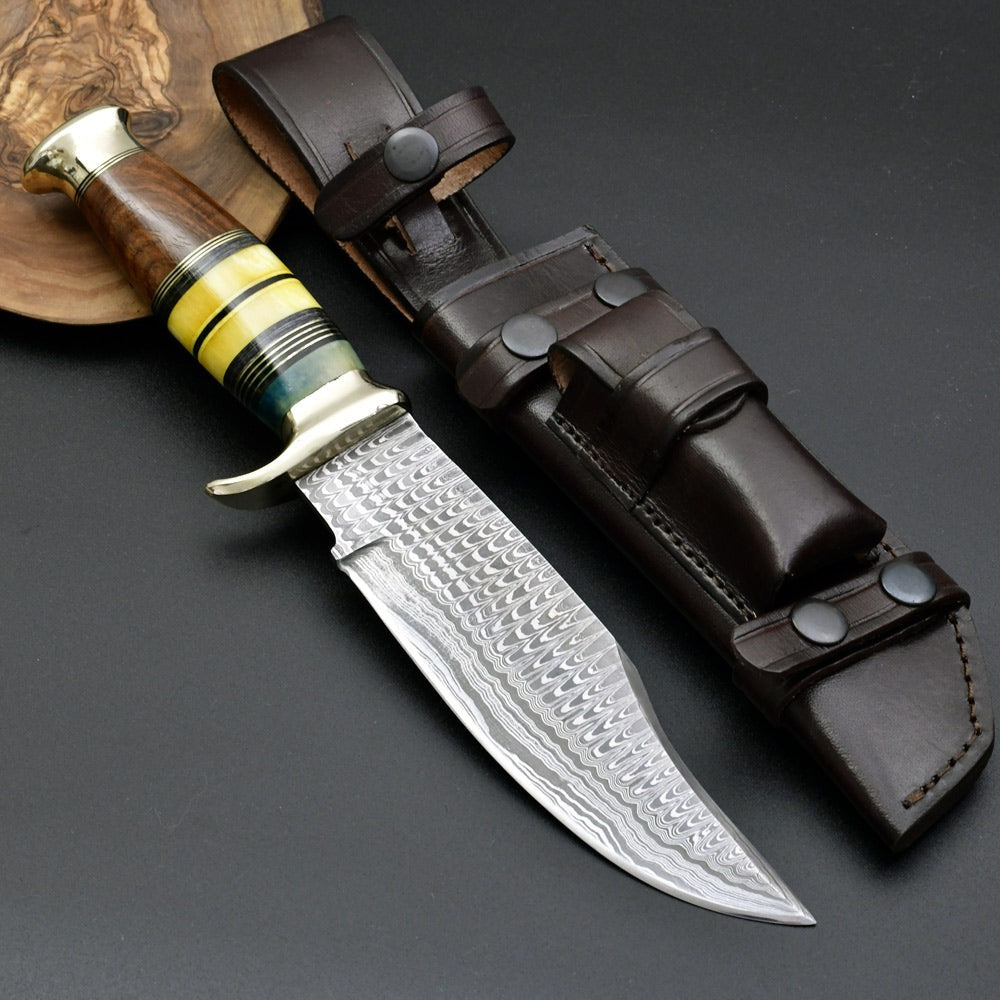
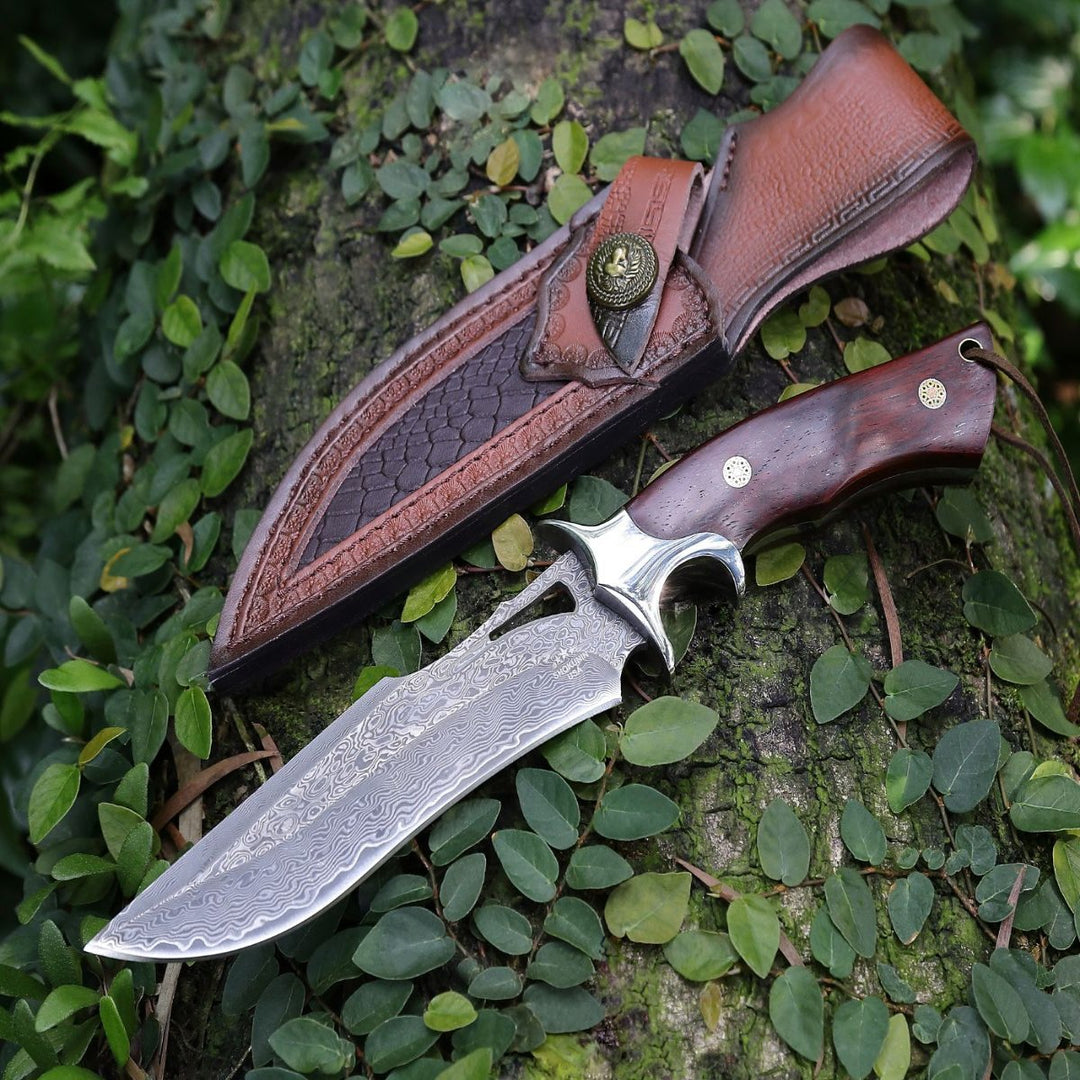
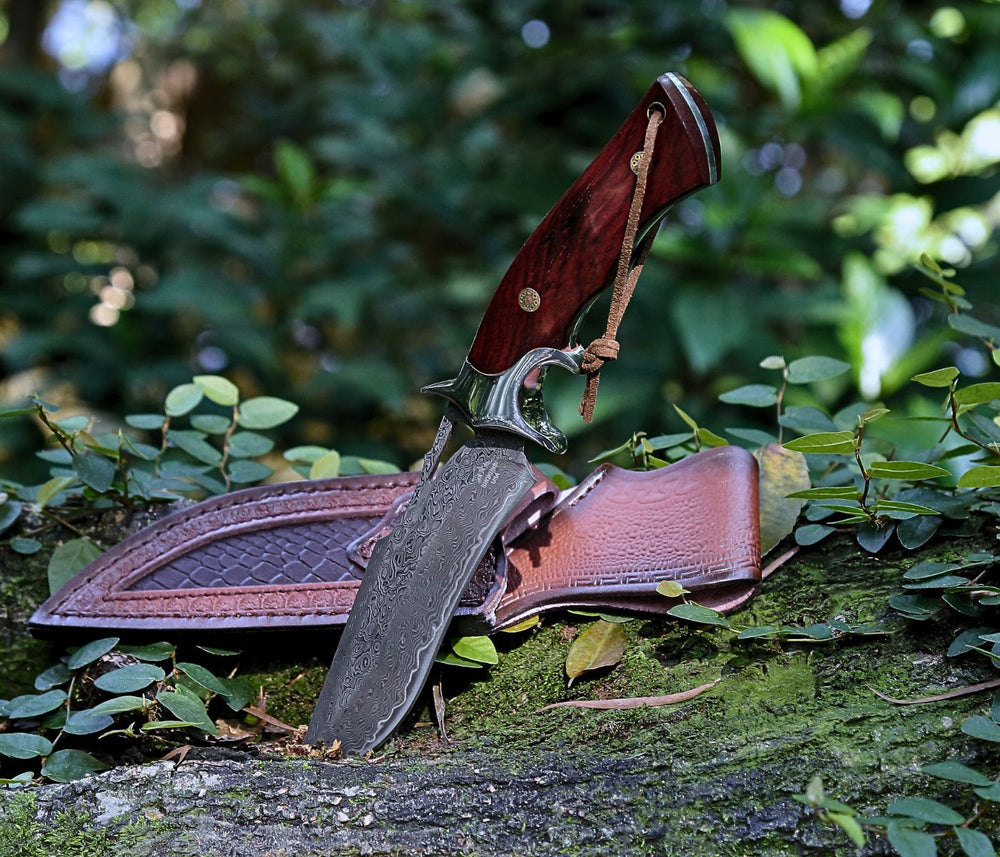
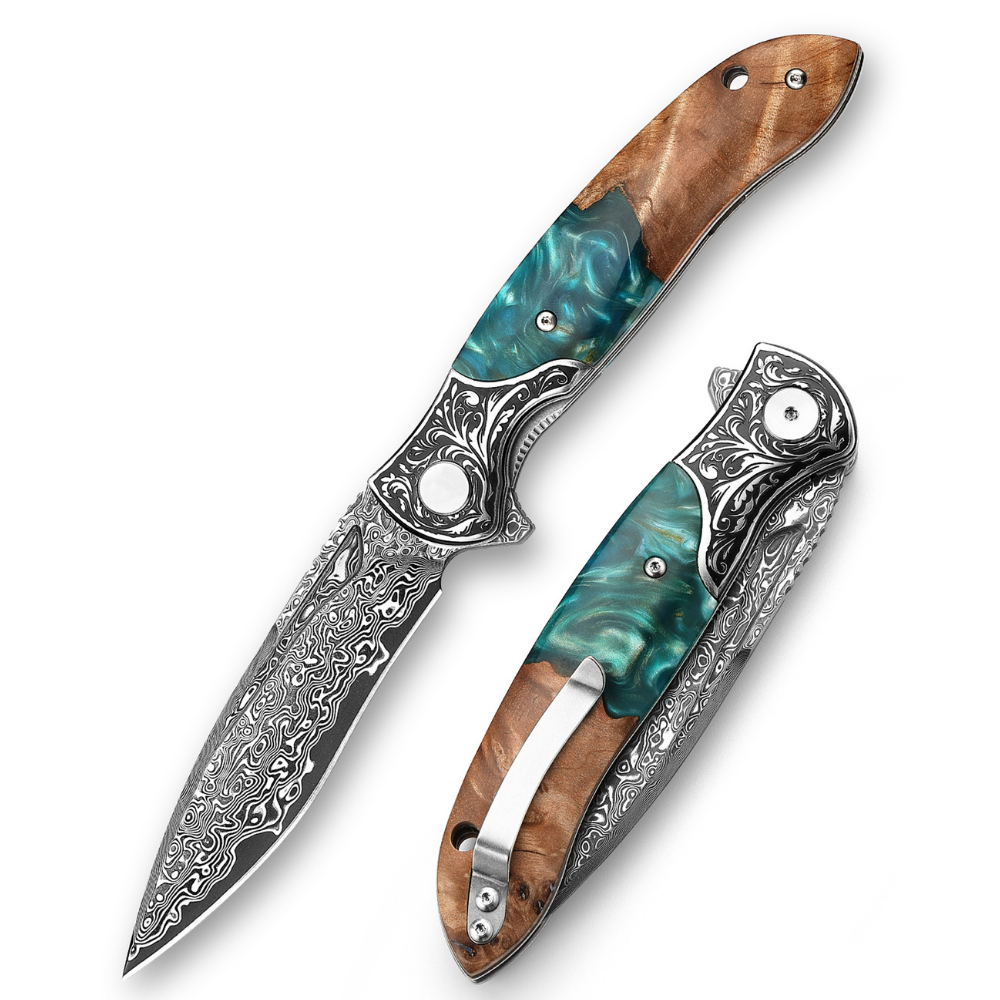
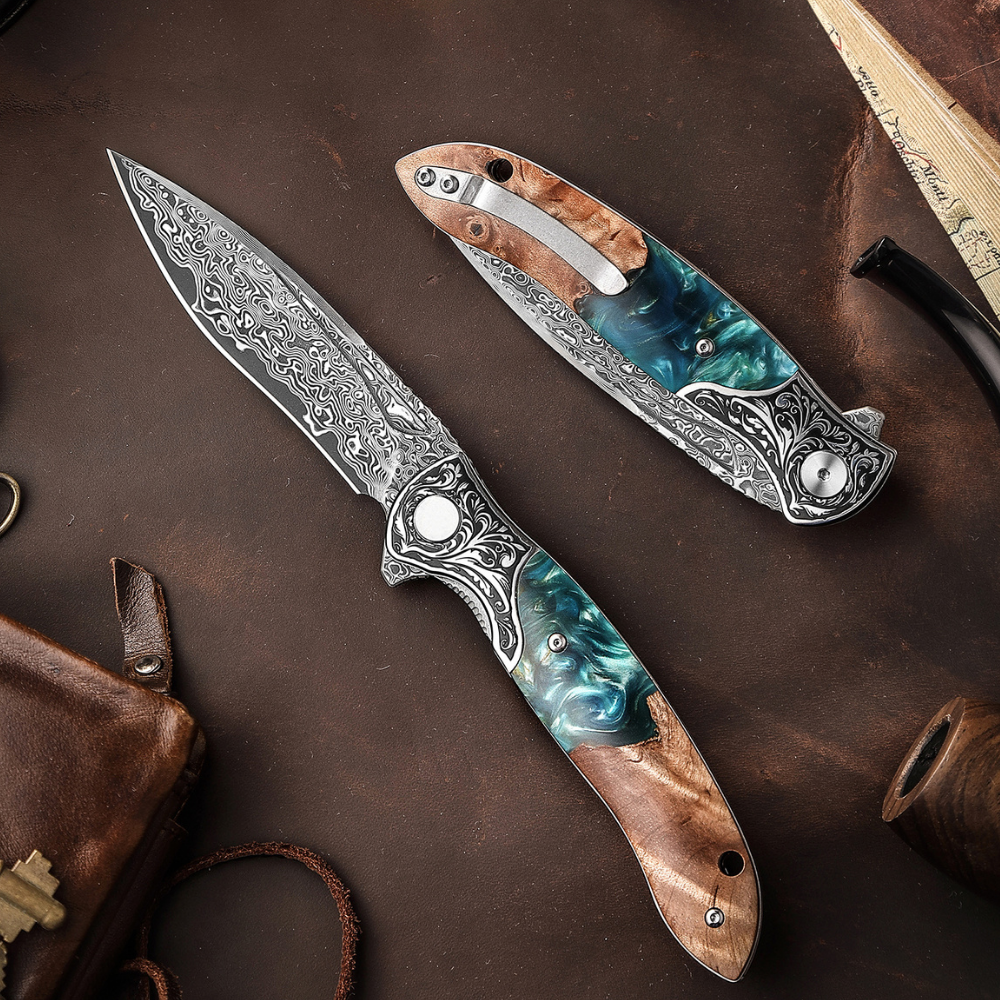
Leave a comment